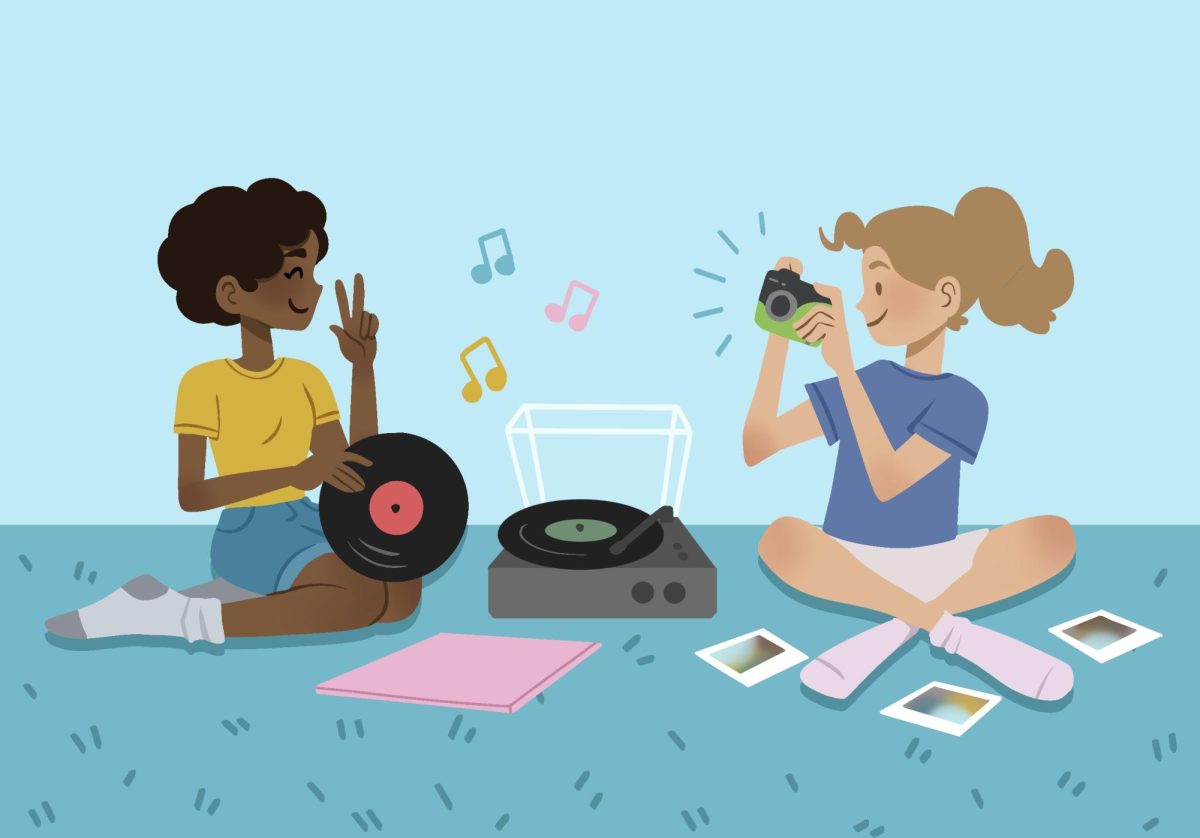As a high schooler, I started a (mostly unsuccessful) feminism club. At our peak, we raised less than a couple hundred dollars for the Malala Fund — an organization that advocates for girls’ education.
The remainder of our group’s short-lived existence primarily consisted of me attempting to convince my rural and conservative classmates that there is a need for feminism and that it is, in fact, a thing that exists.
This was in 2012, when the fourth wave of feminism was starting to gain traction. I was a young, white woman living in Fergus Falls, Minnesota — a town that was 95.5 percent white, and yes, that’s an actual statistic. While well-intentioned, I didn’t yet understand the importance of intersectionality within feminism.
My brand of feminism catered to those around me — my peers who looked like me, and had similar advantages. For example, I cited the oft-quoted pay-gap factoid: Women are only paid 76 percent as much as men for the same job. However, this statistic only applies to white women and white men. In reality, the disparity is much greater for other women.
The recent Women’s March on Washington was criticized by many for catering to a similar brand of exclusionary cis-gendered, white feminism.
In my observance, when a white woman is turned onto feminism for the first time, it feels radical to simply stand up for her own rights. However, when cis, white women speak for everyone without listening to the unique perspectives of all other women, their feminism has failed. We must listen to and learn from each other.







